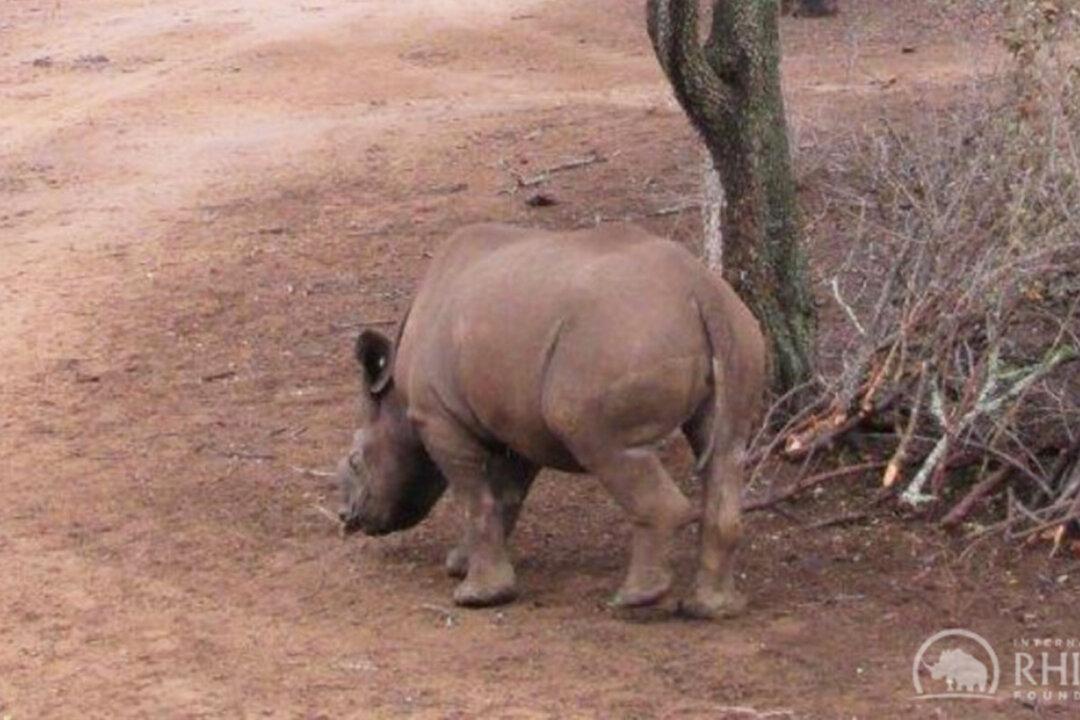When a routine patrol in the African bush found an injured rhino calf wandering alone, the outlook was worrying. But the calf’s feisty personality and fighting spirit changed her odds for the better.
Lowveld Rhino Trust (LRT) monitors were patrolling the Bubye Valley Conservancy in Zimbabwe, southern Africa, in July when a lone calf caught their attention.





